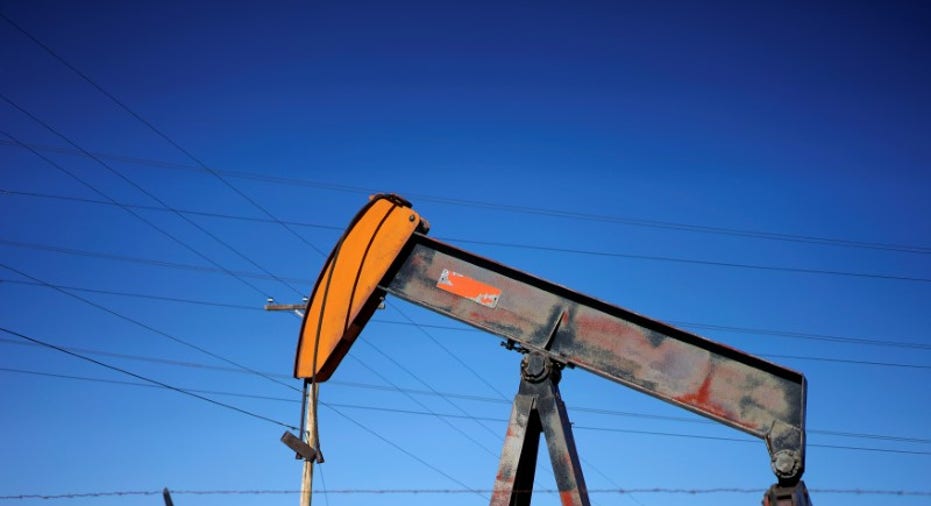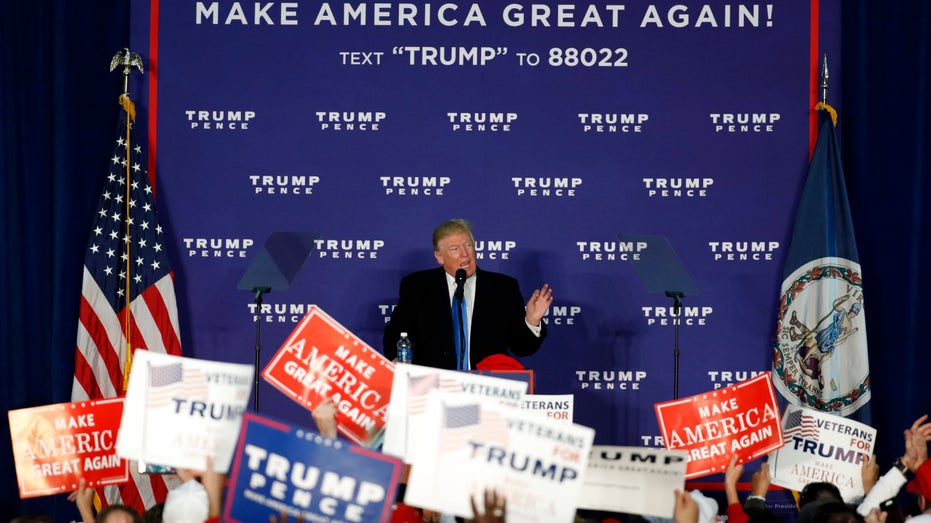Elections Are a Bad Sign for Oil

Investors should brace for an oil slump in the weeks after the presidential election.
Oil prices typically slide during a 90-day period following Election Day, according to analysis by S&P Global Platts. The report determined prices tend to rebound around the time of the next president’s inauguration in January.
In 1992, Brent crude dropped from a post-election high of $19.46 per barrel—posted about a week after Bill Clinton won the vote—to a low of $16.56 per barrel on the day of his inauguration, Jan. 20, 1993. That reflects a swing of 14.9%. Oil then climbed 12.5% in less than two weeks.
A similar pattern emerged after George W. Bush was elected in 2000. Oil prices fell 37.3% to $21.56 per barrel between Nov. 15 and Dec. 20. By Feb. 2, 2001, the oil market rebound by 37.7% to $29.69 per barrel.
S&P Global Platts noted that oil prices, which were on the rise in the months leading up to Election Day, were a campaign-trail issue for the presidential candidates.

“Adjusted for inflation, they were at all-time lows in February 1999. Prices thereafter started to climb, leading to the long-term bull market before being interrupted by the fiscal crisis and ending with the shale boom,†S&P Global Platts said in its analysis.
Clinton authorized the release of 30 million barrels of oil from the Strategic Petroleum Reserve about six weeks before voters would head to the polls, an attempt to drive down prices for oil and gasoline.
President Barack Obama also saw oil hit the skids after winning in 2008. Brent crude, the international benchmark, touched $63.77 per barrel on Election Day. From there, it was downhill. Prices plunged to a low of $33.66 per barrel amid the global economic crisis, completing a selloff of 47.2% from Election Day. Like the 1992 and 2000 elections, prices returned to rally mode with an increase of 44% by Jan. 6, 2009.
The market reacted differently in 2012, when President Obama won as the incumbent. Oil prices fared the best that year compared to other presidential election years since 1992.
S&P Global Platts found that oil prices generally experienced less volatility after Election Day if the incumbent won, citing price movements after the 1996, 2004 and 2012 elections.